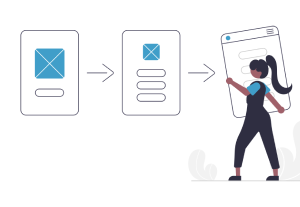- Accessibility, Augmented Reality, Cloud Computing, Customer Experience, Defining AI, Design, Design Theory, Development, Neurology, Neuroscience, Technology, Technology for the Common Good, Usability, UX Education, UX Magazine
The emergence of privacy risks and data ownership opportunities as we augment the brain.
Article by Charles Adjovu
Brain Computer Interfaces (BCIs)
- Brain-computer interfaces (BCIs) are interfaces for recording and processing neurological data and turning these data into an output.
- Neurodata can be directly recorded, e.g., by a BCI, or indirectly recorded, e.g., an individual’s spinal cord.
- There are particular privacy risks associated with BCIs that might need the following solutions:
- Encryption
- Local-first software
- Separation of data and compute (or edge computing)
- Access control layer
- Data cooperative
Share:Brain Computer Interfaces (BCIs)
Share this link
- July 28, 2022
3 min read







